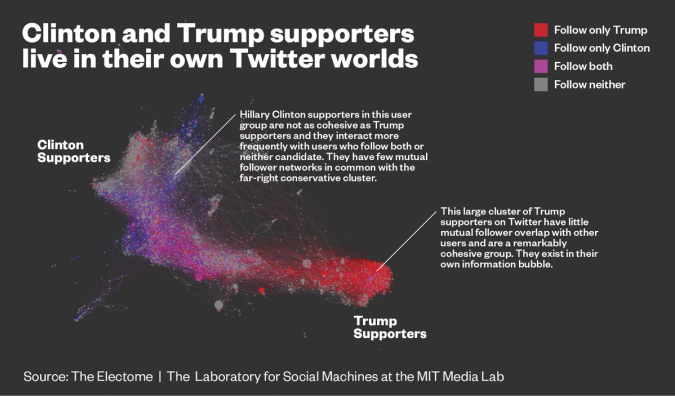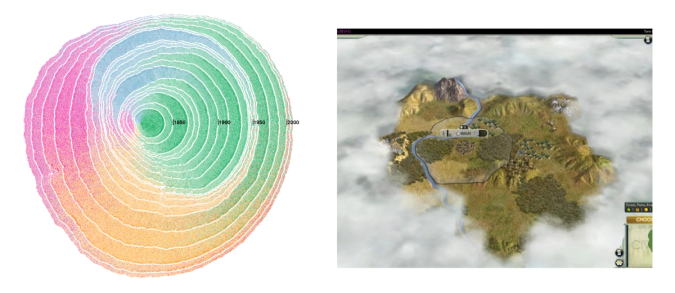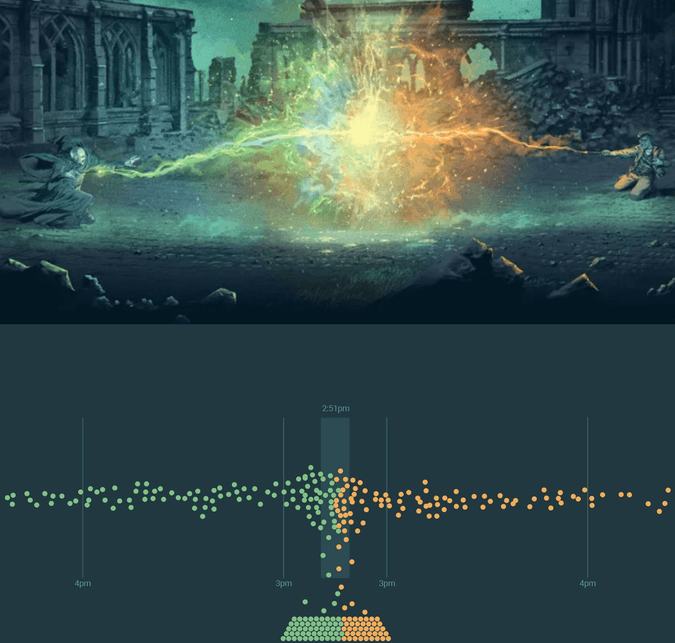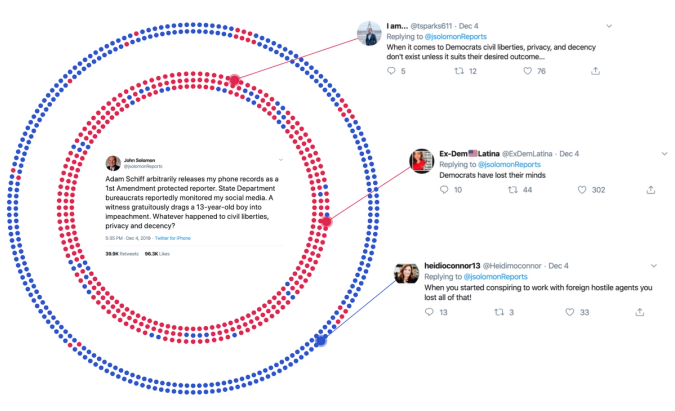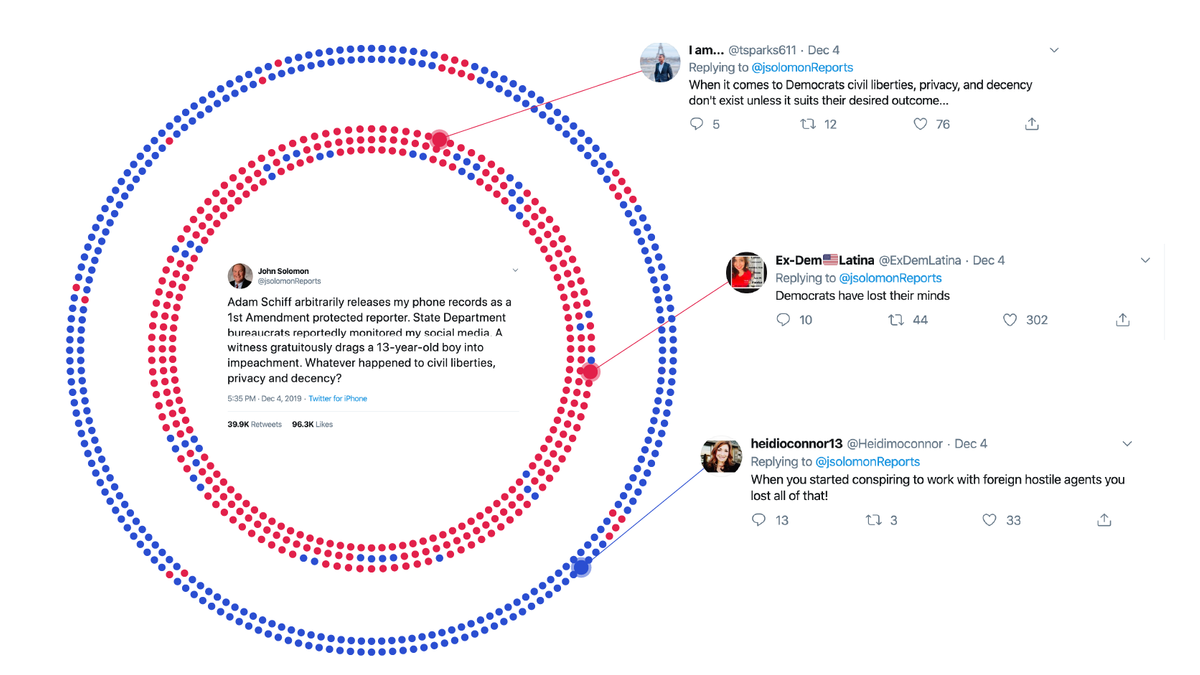
Fabric of Online Speech
I'm exploring social media data this semester as a researcher in Northeastern's new Co-Laboratory for Data Impact. The Fabric of Online Speech is the Co-Lab's effort to view online speech and expression from a bird's-eye view. Our individual experiences on Twitter or Facebook are often limited to our accounts and the users we follow. But what might we find if we could take a step back to get the bigger picture?
The project is in its early stages now with myself and fellow researchers splitting off into different outlets: Twitter (my focus), Facebook and Reddit. Our hope is to approach the challenge through each of these platforms and explore patterns in online conflict, content moderation, hate speech and other potential factors that may give insight into the broader online discourse.
I’ve been drawing inspiration from a number of similar projects exploring Tweets like MIT’s Electome and its clustering of Twitter user data through spatial mapping. Other projects including The Pudding’s recent Language of Congress Project and The Washington Post’s analysis of 2020 Democratic candidates’ talking points are interesting for their use of machine learning classifiers to sort through data.
From a conceptual standpoint, the project aims to draw visual metaphors to explain the abstractness of online expression—similar to how the Co-Lab's Simulated Dendrology of U.S. Immigration beautifully illustrates American immigration as the rings of a tree. I'm personally interested in how the information here can be mapped and grouped. Imagine a high school cafeteria: where might Twitter users sit? Or imagine, in a video game, what might be revealed if you could view the entire map?
Recently, I've been exploring tweets surrounding the First Amendment and seeing what that discourse looks like. How is the First Amendment being defined and used among twitter users, and who are these people?
Now, I'm exploring visual metaphors around conflict--how is the First Amendment being used as a weapon or tool? How are people attacking and defending others and how can this be communicated?
You can view where the project left off here on github.
